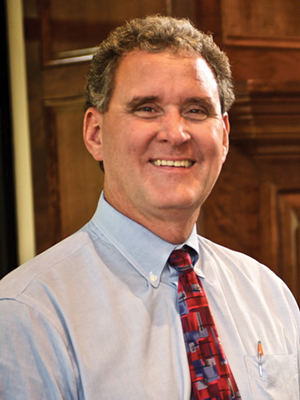
David Ammons
David Ammons is president of Retirement Living Associates, Inc. (RLA), a company which provides planning, development, marketing, and management services for new and existing retirement communities. He has worked in and with Senior Living Communities since his graduation from Wake Forest University in 1985.
I have written in past articles about the categories of retirement living. In the broadest sense strokes, these include a continuum of living independently: Active Adult, Independent Living, Assisted Living, Memory Care, and Skilled Care.
However, as many communities and providers offer new combinations and variations of these categories, the lines between these groupings blur. Many of the combinations are designed to provide more flexible and responsive options of living accommodations and services. In some examples of combined services, one company provides the options; in other situations, more than one provider provides the services. Sometimes, a very significant contributor to the available services is in state licensing, which varies by state. Several examples of excellent combinations are discussed in the following paragraph.
Multi Unit Assisted Housing with Services is a community where the rental of an apartment is from one company who has contracted with a home health or home health care company to provide for the necessary personal services. These health care providers may offer only rehabilitation and physician-ordered nursing services, or they may offer personal services only while a second home health care company provides higher levels of services.
Independent Living Communities are generally different from an Active Adult Community; however, fee for service arrangements or additional levels of service make the line between an Active Adult Community and an Independent Living Community hard to distinguish. Historically, an Independent living community has minimal services, which include meals, housekeeping, and transportation, resulting in a higher monthly fee for all residents although some may not wish to use all of the services. Some communities are moving towards more of a division of services whereby residents are able to contract for only services they want. This leads to less contracting for day-to-day involvement within the community which is a characteristic of Active Adult Communities.
Another area of change also involves smaller Active Adult Communities. Historically, these communities are large developments, often with 1,000 homes up to double digit thousands. But more often we see Active Adult Communities in the 250 to 500 homes range or in a few cases, less than 100 homes. In the larger communities, the common facility, usually a clubhouse, may be 4,000 to 10,000 square feet or in smaller communities, 700 to 1,500 square feet.
In summation, I encourage seniors to take time to learn exactly what is offered in every community under consideration. It is important to understand how the choice you make today addresses current needs and desires as well as future needs and desires. These changes benefit the current resident as well as the baby boomer market which is eager for new options and new choices. Obviously, the industry is responding.

